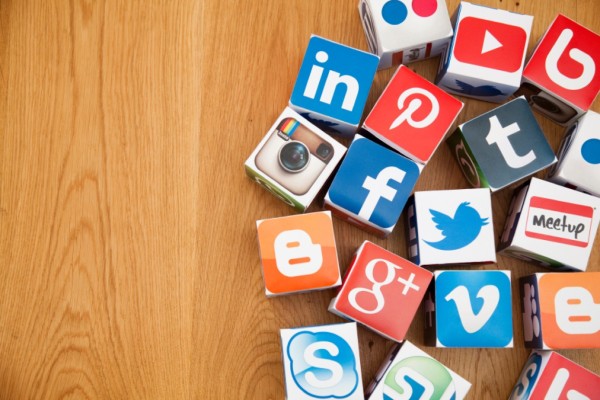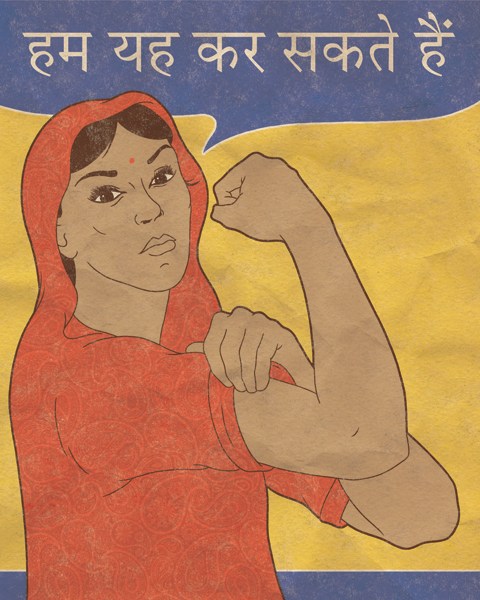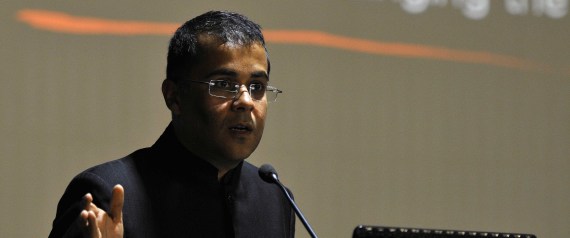Observations from a year off of social media

Credit: bandt.com.au
It’s June in the high year 2015 and I write today after having consumed my latest piece of internet “news” lambasting an indie musician for her attempted initiative in raising LGBTQ awareness.
(by crowd funding a questionable amount of money, nonetheless)
2015 is a strange time to be alive.
We are ‘empowered’ somehow – with access to news and opinions at a stray scroll through our Facebook or Twitter feeds.
Sadly however, ‘news’ is limited to Buzzfeed, ‘opinion’ is limited to Arnab Goswami, and ‘development’ is limited to some fancy factory on a forest land.
“Truth” as we have come to see through social media, can only be either black or white. ‘Grey’ is a mere synonym for a failed sexual fetish.
The space for nuance and curious enquiry is steadily reducing.
This is an opportune time for me to share some takeaways from a largely beneficial absence of social media from my life.
Note: This is Part 1 of a god-knows-how-many-parts series, at the end of which I plan to suggest alternative methods of social media use. Read the prequel here.
PART I: Social Media as the New Television
The television has been a time-tested favourite to brainwash viewers into embracing consumerism.
Whether it is propaganda during national disturbances (Read: Vietnam War, Second Gulf War, etc); or the enforcement of ridiculous standards of morality for women (variants of ‘K’ soaps on Indian TV); or the harrowing parade of consumer goods advertising – the television has been a go-to for disempowering the masses.
One of my favourite artists Priyesh Trivedi (better known as the creator of Adarsh Balak) has done a couple of really cool artworks on the subject.
Social media activity therefore provides a seemingly healthy ‘alternative’ to the TV. It seems ‘cleaner’ (better content), ‘customisable’ (selecting content), ‘participative’ (liking and commenting), and makes us feel more relevant (knowing the most irrelevant news byte before everyone else).
But is it really what we think it is?
On my occasional Facebook re-activation (to shamelessly pimp out my work), I often find a feed full of literal crap.
Not because my friend list isn’t quality (shout-out to all the amazing people I take great pride in knowing), but because the content on my feed is severely lacking in usefulness.
Try this: take a closer look at your feed. Most can be grouped into some basic categories:
- Status message outraging about latest “important” development
- Status message about latest film, TV show
- Change of job / city announcements (Life Events)
- Food Pictures
- Selfies/Vacation/Misc. Pictures
- Wishes and condolences
- A shady looking article with a click bait title
- Videos: furry animals that soothe the eyes
- Videos: that spread misinformation about important social issues in a desperation for views
Now: Try to remember your life before Facebook. Yes, you had one!
And you functioned reasonably well.
To seek information, for example, you were more likely to do your own research on the internet or through the library and refer to more than a single source, than get your ‘fix’ from an opinion posted as a status message.
You were more likely to get a call from a friend or cousin about them changing jobs or cities. Heck, you were more likely to call someone to wish them a happy birthday.
So this “connectivity” that we take great pride in, is largely an illusion. (more on this later)
Content quality can only be observed from a distance.
When I stay on Facebook for more than an hour – all the content starts to feel necessary or at least, important. In that, Facebook is verifiably hypnotic.
It is only when I log on after weeks – that I see an array of unnecessary and largely irrelevant words and images strung together and wonder “how is everyone still on this website?!”
Real-Talk:
You don’t need to see what your friend ate;
or what they looked like today;
or know what they did on vacation (unless, of course, the sole purpose of their vacation was to tell Facebook what they did)
You don’t need to watch more mind-numbing “original video content” which is basically just a notch more cleverly packaged, better selling version of its predecessor. You certainly don’t need to “watch what happens when…. ”
And you will never realize this unless you deactivate. Acknowledging “I know it’s a waste of time and I’ve been meaning to go off” can never be “I finally went off Facebook and found much more time for the things I love”.
The quality of content on Facebook, and by implication its relevance, are questionable. And its ability to keep users glued in spite of all its cons is alarming and quite telling. Is Facebook then just becoming a nicer-looking 21st century version of its now-exposed predecessor, the television?
It largely depends on the next aspect –
Some of my friends like to argue that they choose to view only informative content and filter out the rest.
Here’s a fact – you can’t.
Facebook continuously throws a variety of content at you to evaluate your preferences, in order to better target third-party ads that justify their hefty prices.
Some Food for thought from HuffPost & Vice.
Let’s get real – when you idly scroll through your feed looking for something interesting, you’re not by any means ‘selecting’ what you see.
A myriad of articles, photos, videos, status messages – out of which only a fraction might be relevant to you, but you end up consuming most anyway because they’re right there.
Of course, there’s the newer feature that allows you to choose “I don’t want to see posts like this”. But how often do you use it?
The activity on your friends’ posts, or the choice to not see certain content, is then used to better target advertising – of pages, organizations, companies, products, you name it!
Here, Facebook successfully manages to create an illusion of choice. The television functions in an incredibly similar fashion.
My prequel to this post talks about a feeling of helplessness quite common in social media users. In spite of incessantly hammering and being hammered by conflicting points of view on various posts, people feel powerless after a point because there’s only so much you can do sitting on the internet machine. Very few, if at all, bother following up or taking action in real time.
This basically sums up the twin faces of this elusive ‘participation’:
- An illusion of control
- An experience of helplessness
For all this apparent lack of outlets for the common person – social media provides a tool for people to vent. People rarely read good newspapers, of which an even smaller percentage writes to editors.
Liking or commenting your approval/disapproval of someone’s opinion online therefore gives you a false sense of control. The audience of your post – a handful of your friends – maybe twice the number if you get shared. Yet, you feel your opinion relevant.
A huge part of this has to do with feeling ‘involved’ in social change. After having commented on a few updates and shared a petition or two, you are far less likely to follow up with real action or organize anything beyond the confines of the virtual world.
It is this illusion of control that manifests itself in the experience of helplessness. When words become the core of human philosophy, distancing the individual from action, it poses a serious threat to social change.
Social media “news” is not relevant.
What Gaga wore to the Grammys and what Ranbir Kapoor wore to IIFA is certainly not news. Stop priding yourself in knowing about it before everyone else. Stop priding yourself in knowing about this stuff at all.
In August 2014 I asked a classmate what was this ALS thing she spoke so enthusiastically about. Having been following The Hindu for over a month, I was quite perturbed at not knowing something which seemed so important at the time. She proceeded to give some unconvincing information about the ‘very serious’ condition and then spoke in-depth about the challenge.
At that point it struck me: Yes, I’d read about it! In the lower corner of a 3×3 inch ‘Trending Now’ box on the ‘Variety’ Page (no. 7) of The Hindu.
No way! Facebook was going bonkers over this?!
As it turns out, these manufactured trends have a rather short shelf life.
Do we know the implications? Every minute we waste in vitriolic criticism of a celebrity’s life choices or in blind enamour of the latest social media #trend, deals are signed between governments and policies directly impacting us are decided with minimum public scrutiny.
Our sense of control then remains limited to likes, comments & shares. Our sense of helplessness remains a constant reminder of our irresponsible social media consumption.
Staying ‘relevant’ comes at a heavy price, indeed.
While social media can be likened to television, certain basic differences in structural and operation remain. How we utilize these differences in making it useful for collective benefit depends largely on the type, frequency and nature of our consumption. This isn’t a one-day process, but an informed decision to take the plunge and let our instincts guide us.
In subsequent parts, I will write about some simple methods to detox from the networks and keep social media consumption to the bare minimum.
For starters
- List a couple of things you always wanted to do but could never take time out for.
- Pick one or two.
- Next, deactivate Facebook/Twitter/Instagram and channelize your energy into these micro-goals, while consciously resisting the urge to share your progress online.
- Instead, try sharing your progress with family members and/or close friends, not via texts, but in person
- Stay off the networks for a pre-determined amount of time (anything between 5 – 15 days is good to start with)
Revel, you phoenix, in your new found freedom.






